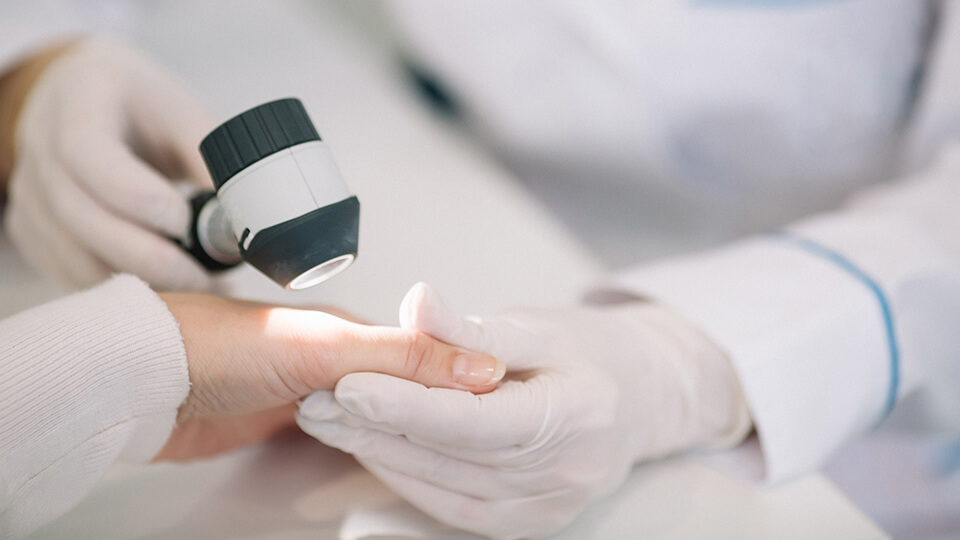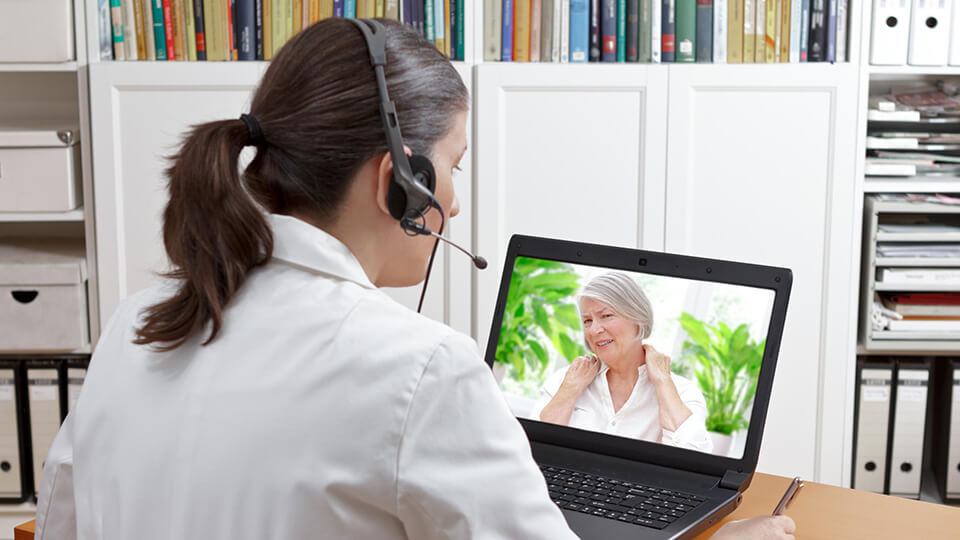The Basics of Teledermatology

Teledermatology is the use of technology for access to skin healthcare services. In fact, this e-service is the most popular type of telemedicine. Through telecommunication technologies, medical information is transferred via audio, visual, and data communication. Usually, teledermatology offers services, such as: education, consultation, diagnoses, and treatment.
Traditional Dermatology vs Teledermatology

On one hand, traditional dermatology requires an in-person visit. In most cases, patients experience long wait times only to speak with the doctor for a few minutes. Then, the dermatologist can either diagnose them with or without tests. On the other hand, teledermatology only requires the patient to schedule their virtual appointment online. Then they send pictures of their dermatologic concern. Once the dermatologist looks over the images, they discuss it with the patient during the virtual visit. As a result, wait times, travelling, and in-person interactions are reduced.
Teledermatology Specialties

Mobile Teledermatology
In general, mobile teledermatology is a way for patients to access healthcare services through wireless or mobile technology like tablets or smartphones. Traveling patients and medical professionals benefit the most from this popular type of telemedicine. Usually, it is used to diagnose and treat various skin conditions. Plus, it’s a great tool for patients with chronic skin conditions to follow-up with their doctors.
Teledermatopathology
There are two ways that teledermatopathology transmits dermatopathologic images. First, they can be transmitted via real-time using a robotic microscope. Or they can be transmitted as images in one file (a forward and store system).
Teledermoscopy
In this field of telemedicine, images of digital dermoscopic lesions are sent to a specialist to examine via electronic transmission. Further, it is best for detecting malignant skin conditions like melanoma or lesions. Plus, there are two ways to take dermoscopic images. First, specialists can use a dermotascope with a camera attached. Or they can use a special dermoscopic camera like Fotofinder.
Dermatopathology + Teledermoscopy
In dermatopathology, doctors perform skin biopsies on their patients. Then, dermatologists would then evaluate the skin biopsy with minimal information. Nowadays, traditional dermatopathologists use teledermoscopy to examine images of digital dermoscopic lesions received via electronic submission. As a result, these specialists make more accurate diagnoses with their access to the patient’s medical history and clinical data.
Pros of Teledermatology

Accessibility
Teledermatology is more accessible to patients that need more access to dermoscopic health services. For example, patients who live in rural areas or have medical conditions that make travelling hard can still get dermoscopic care without going in person. In addition, less in-person visits mean more accessibility for those who really need face-to-face interaction with their dermatologist.
Time
Teledermatology is beneficial to both patients and employers. With remote dermoscopic care, employees spend less time away from the office. In fact, the majority of the time at dermoscopic visits is spent waiting. However, teledermatology allows patients to speak with the doctor quickly.
Cost
Teledermatology visits cost far less than traditional dermoscopic visits. In fact, the reduced cost is due to less travel time, in-person visits, and staff.
Quality
Since teledermatology offers convenience to patients, it is more likely that they will stay on top of their skin condition(s). Also, research proves that the quality of teledermatology services and traditional dermoscopic services are the same.
Communication
Studies show that patients value modern methods of communication. Most people prefer virtual communication over face-to-face communication. In addition, they care more about access to care than in-person interactions.
Cons of Teledermatology

Comfortability
There are a couple scenarios where patients may not feel comfortable using teledermatology. For example, if the skin concern is in a sensitive area like the genitals, it may feel embarrassing sending a photo to a doctor. In this case, a face-to-face visit is needed. In addition, elderly patients may not be as adaptable to new technology. So, it may take them a while to get used to it if they are able.
Misdiagnosis
Although misdiagnoses are unlikely, it is still possible with teledermatology.. For instance, one patient’s digital image could be linked to another patient. As a result, a misdiagnosis occurs. To remedy this problem, a good organizational system is needed. However, a teledermatologist will tell you that a face-to-face visit is required if they cannot make an accurate diagnosis.
Ultimately, teledermatology is the most popular form of telemedicine. Further, much of its popularity is due to its many benefits like accessibility, time, cost, quality, and communication. However, there are a few drawbacks like lack of comfortability and misdiagnosis. Still, teledermatology is a great tool for traveling doctors and patients as well as for diagnosing skin conditions like lesions and melanomas.




